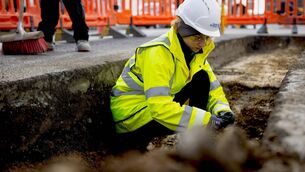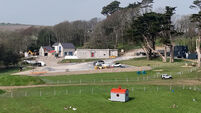Our inadequate response to drugs and drink
Blame has been apportioned to various causes such as drinks promotions, advertising and sponsorship.
In this regard, It is useful to reflect on a survey of drug use among students, recently published by the Union of Students in Ireland, revealed that just over 50% of third-level students have tried illegal drugs, two-thirds of them first doing so in secondary school. Elsewhere, the National Drug Treatment Reporting System reveals that one in eight of those seeking treatment relating to ecstasy between 1996 and 1999 was still in school. The figures in many communities are a great deal higher than those cited above.











